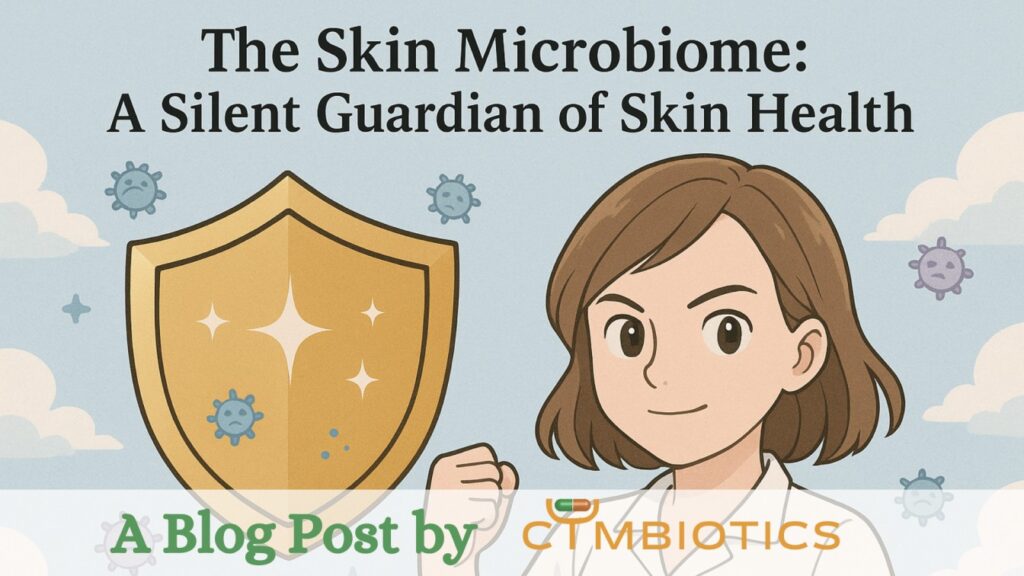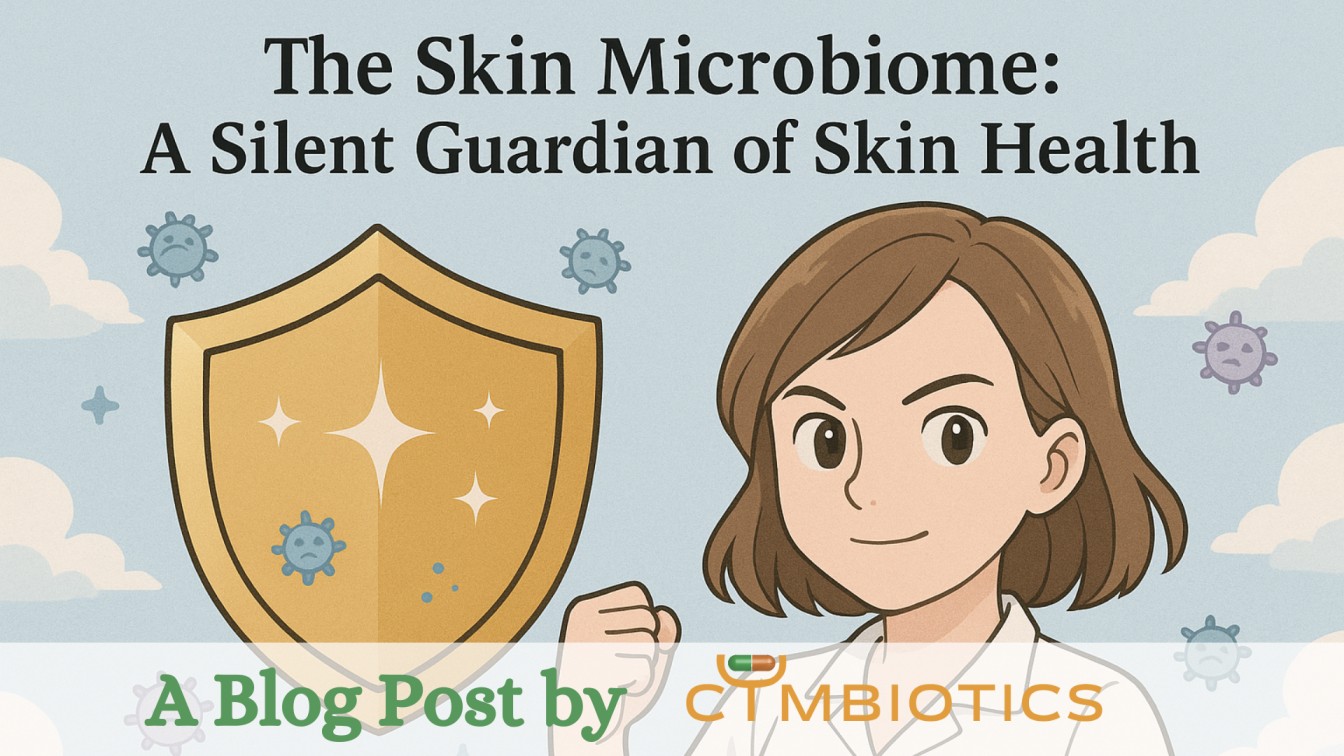We often think of skin as a standalone organ protective, sensory, and self-renewing. But beneath the surface lies an invisible ecosystem that helps our skin thrive: the skin microbiome.
What Is the Skin Microbiome?
The skin microbiome refers to the vast community of microorganisms such as bacteria, fungi, viruses, and mites that live on our skin. Far from being passive passengers, these microbes actively support skin health, reinforce the barrier function, and modulate the immune system.
Microbiome and Barrier Function: Partners in Protection
Healthy skin is acidic, slightly dry, and rich in lipids, a combination that supports beneficial microbes while discouraging pathogens. Resident microbes like Staphylococcus epidermidis produce antimicrobial peptides that directly combat invaders, protecting us from infections without harming our own cells.
Moreover, the skin microbiome strengthens the stratum corneum by influencing keratinocyte differentiation and lipid synthesis, making the physical barrier more resilient.
Inflammation and Immune Balance
Our immune system constantly communicates with the microbiome. Studies have shown that certain microbes can downregulate inflammatory cytokines, reducing chronic inflammation, a key player in acne, rosacea, and eczema. An unbalanced microbiome, on the other hand, can lead to increased inflammation and impaired wound healing.
Skincare and the Microbiome: A Delicate Balance
Many cosmetic products, especially those with high alcohol content or harsh preservatives, can disrupt microbial diversity. Cleansing too often or using unbalanced pH products may strip away not just dirt but the good bugs too.
However, research into microbiome-friendly formulations is booming. Ingredients like prebiotics, postbiotics, and fermented extracts are being incorporated to support beneficial microbes and restore microbial harmony.
Supporting a Healthy Skin Microbiome
- Avoid over-cleansing
- Choose microbiome-friendly formulations
- Look for ingredients like which nourish skin without disrupting microbes
- Use products that maintain barrier integrity and avoid unnecessary antimicrobials
Why This Matters for Cymbiotics
At Cymbiotics, our topical innovation is rooted in respect for the skin’s ecology. By understanding how formulations interact not just with the skin but with its resident microbiota, we’re building smarter, gentler, and more biologically attuned skincare systems. Whether it’s lipid-based delivery vehicles or stabilized actives, we believe the future lies in formulating with skin microbiome in mind.
References
- “Stratum corneum defensive functions: an integrated view”- Elias PM, Journal of Investigative Dermatology, 2005.
- “Selective antimicrobial action is provided by phenol-soluble modulins derived from Staphylococcus epidermidis, a normal resident of the skin” – Anna L Cogen, et al., Journal of Investigative Dermatology, 2010.
- “The skin microbiome” – Paisleigh Smythe, Holly N Wilkinson, Nature Reviews Microbiology, 2011.
- “The dynamic relationship between skin microbiomes and personal care products: a review” – MF Mim, et al., Heliyon, 2024.


